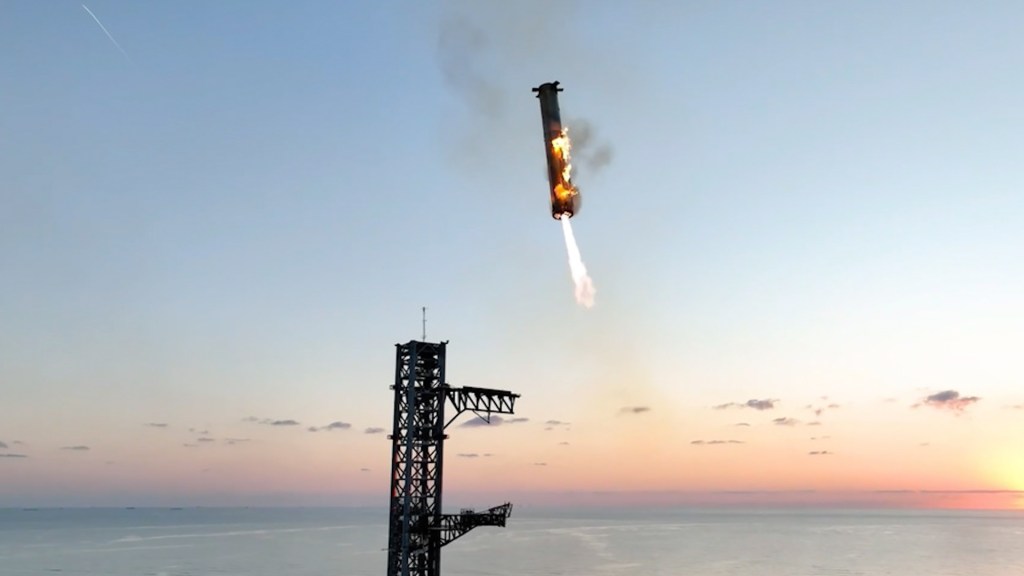The word “stealth” conjures images of legendary aircraft such as the F-117 Nighthawk, B-2 Spirit, F-22 Raptor, and the F-35 Lightning II. Despite their distinct differences, one thing ties them all together: geometry.
These planes are “stealth platforms” because of their design. Every angle is about reducing their visibility to radar, and the slightest bend, dent or change in structure can eliminate their tactical advantage, making them visible to adversaries.
Enter the RAZR. At first glance, it resembles a robotic snowplow. However, in the hands of a skilled operator, it could mean the difference between mission success and failure.
“What RAZR does is actually measures the radar cross section of a platform,” Micah North, CEO of Resonant Sciences, said. “What we mean when we talk about radar cross section is, what do we actually look like to a threat radar? What do we look like to a threat system? Resonant is one of the first systems out there available to measure the signature of the platform in the hangar without needing a special facility or lab.”
The RAZR system can take specific shots of various sections of the aircraft using a positioning system and lidars.
“The robot moves into place and gets within about a millimeter of where it needs to be, leading to incredible repeatability and traceability,” North said.
This precision allows for consistent measurements over time, helping to track changes in the aircraft’s structure.
RAZR, which stands for Resonant Adaptable Zonal Radar, is essentially a stand-alone robot that examines every piece of the aircraft.
“The radar cross section defines your detectability, so how soon you’re going to be detected by an enemy radar,” North said. “We want to know what that number is so we can plan missions accordingly.”
Despite its size, RAZR can travel to maintenance crews wherever they are stationed.
“The whole idea behind RAZR is to keep aircraft mission capable, ensuring pilots have the best possible position to win in an unfair fight by not being detected,” North said.
At this year’s Air, Space and Cyber Conference, RAZR garnered attention from Secretary of the Air Force Frank Kendall. Kendall got the chance to visit the Resonant Sciences team to see the technology firsthand.
“We’ve sold 29 systems so far, and we’re constantly innovating and adding new capabilities,” North said. “We’re really at the tip of the iceberg with RAZR.”

